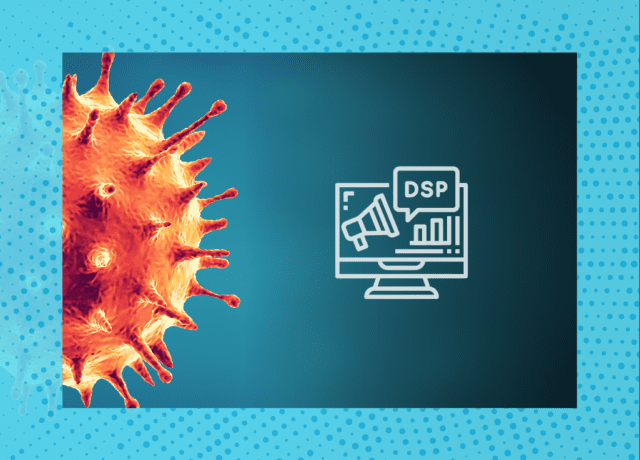There is a struggle with privacy compliance on every level of the ad tech landscape. From individual bidders, to agencies and to providers, leaders are seeking ways to ensure compliance and to recreate a system that has lacked transparency for years.
Relationships between agencies and data providers are changing—making room for others to shoot their shot in a very competitive environment.

A lack of transparency means broken partnerships
Apple and Google’s steps to moving away from third-party cookies, and GDPR-inspired regulations growing in the U.S. are causing agencies to be more granular with their ad buying.
Agencies are demanding answers from companies who are two to three steps away from data collection. Data providers who don’t have a direct way to secure consent from a consumer before data is collected are at risk of having the relationships with their agencies severed.
Agencies like Goodway Group and Rapp have already cut ties with data providers who couldn’t keep up with today’s current privacy or security regulations.
“We’re seeing it more in the data broker area where they’re just not up to scratch at all in terms of how they’re handling data,” said Laura Aldridge, vp and data privacy officer at Rapp. Aldridge explained that two in ten data brokers they inspected this quarter didn’t meet security standards.
It’s not just the small to medium sized suppliers that are being examined closely. Google, the largest supplier of DSP networks, faces another lawsuit which accuses them of “automatically and invisibly selling data about users to participants in real-time bidding.” It’s unclear how far the case will go in courts based on past interpretations of terms like “sale” and “personal information.”
Despite challenges, some are seizing opportunity
Tightening compliance standards and the shift away from third-party data is not recent news.
Publishers and their partners have been preparing for this new stage of advertising by leaning into first-party data systems, alternative targeting solutions that don’t rely on personally identifiable information and contextual tools.
“We shouldn’t just try and recreate what we already have. We have a chance to redesign a system that addresses the persistent issues of the current one: lack of transparency, unclear and confusing uses of personal data with lots of GDPR notices, and an over-reliance on adtech metrics rather than business measures for success,” said Alex Simpson of The Ozone Project.
The bottom line is there’s a lot of opportunity to create a better internet experience for ad tech leaders and consumers alike.
Some companies, like Stirista, are building alternative solutions to help marketers navigate the cookie-less internet. The company’s OMNA Identity Graph pulls together first- and second-party data with more than 500 household attributes. Marketers can use this data to drive loyalty marketing, especially across OTT.
“We wanted a dataset built largely of first- and second-party data that we could trust, rather than relying on third-party data we’re not sure of the quality,” Stirista CEO Ajay Gupta explained. “We’re prepared for a world where third-party tags are no longer used.”
As cookies are phased out and compliance measures are enforced, knowing the source of data will become even more important. Data brokers that can prove their sourcing, compliance measures, security and more will be able to gain the trust and loyalty of agencies.
For more updates like this, stay tuned. Subscribe to our blog for more updates.



